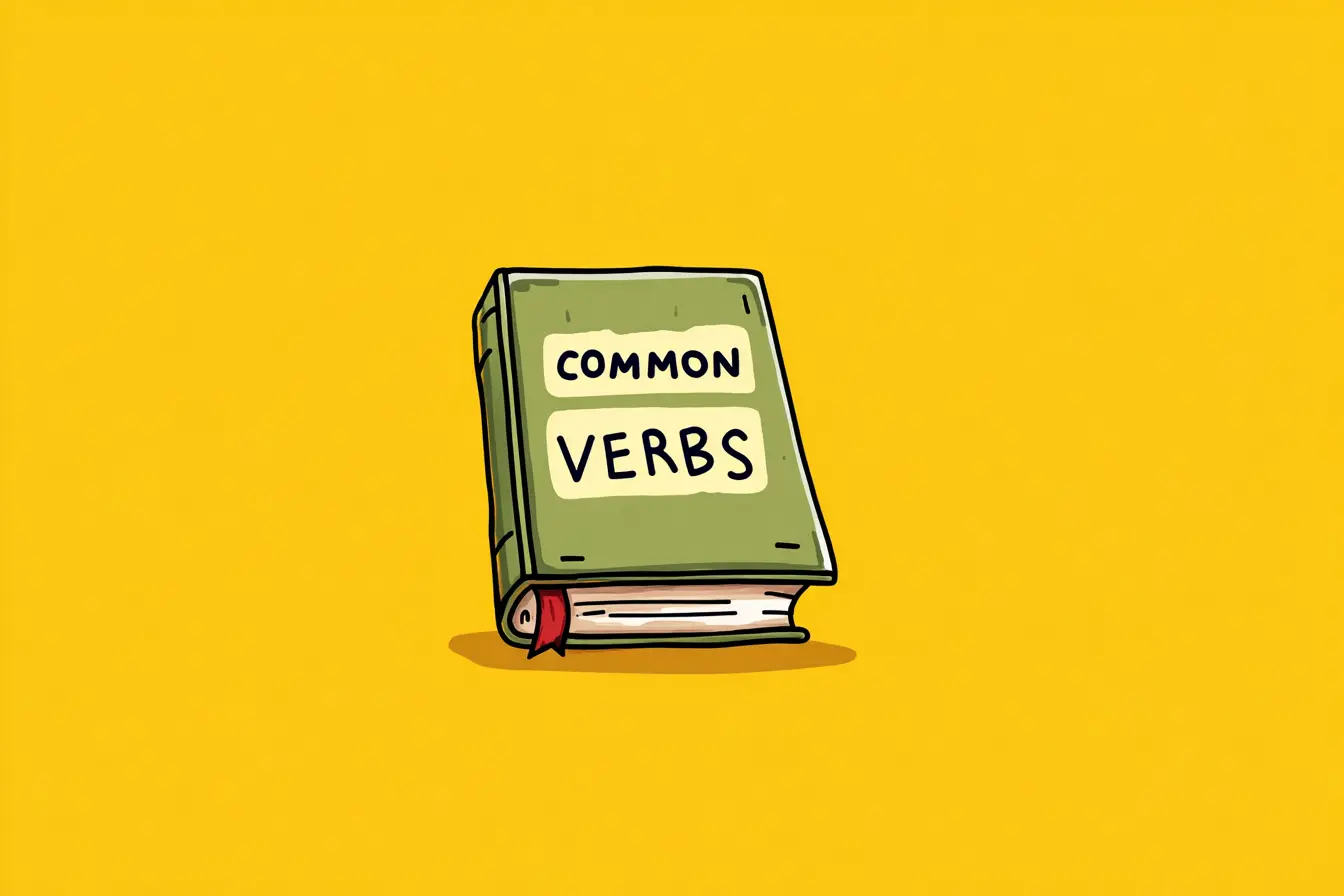If you’ve ever tried learning a language and thought, “Why can I remember the past tense of ‘to be,’ but still freeze when someone asks me where I’m from?”, you’re not alone. Traditional methods often focus on grammar rules, vocabulary lists, and forced memorization. But there’s a different way to approach it. A way that’s more natural, more effective, and, frankly, more fun.
It’s called comprehensible input and once you understand how it works, it might just become your favorite language-learning tool.
Comprehensible Input Explained
The term comprehensible input was popularized by linguist Stephen Krashen, and it refers to language that a learner can mostly understand, even if it contains some unfamiliar words or structures. The key is context: the meaning is clear enough for your brain to fill in the blanks.
Think of it like reading a children’s book in Spanish with illustrations, or watching a cooking video in French and picking up meaning from the speaker’s gestures and the food they’re holding up. Your brain is constantly connecting what you see, hear, and already know with what you’re learning.
In other words: it's how you learned your first language. And it still works.
Why It Matters
You might be asking, “Does comprehensible input work?” Here's the short answer: yes. Research, teaching methods, and countless success stories all support it. Instead of trying to force language into your head, you’re feeding your brain language that it can naturally absorb and decode over time.
It mimics how we learn to speak as kids: not through rules, but through repetition and understanding.
Here's what makes it powerful:
- Low stress: You don’t need to understand every word.
- Real-world relevance: You learn in context.
- Retention: Vocabulary sticks better when tied to meaning.
- Progressive learning: You keep expanding your skills without hitting a wall.
The “Comprehensible Input Zone”
The key to making steady progress in a language isn’t cramming grammar or memorizing word lists. It’s exposing yourself to language that’s just beyond what you already know, where you understand most of it, but still have to stretch a little. That’s the sweet spot known as comprehensible input.
Too easy? You stay comfortable, but stuck. Too hard? You get overwhelmed and frustrated. The goal is to keep learning in that “middle zone” where things are challenging enough to grow.
Here’s a visual to help you see exactly where that zone lives:

Tips to Make It Work for You
- Find material slightly above your level: 80–90% comprehension is ideal. You should be able to follow along without constantly pausing.
- Watch and rewatch: Repetition helps you notice patterns and vocabulary.
- Mix listening and reading: Use subtitles, transcripts, or books with audio to strengthen both skills.
- Make it fun: Follow topics you actually enjoy: sports, food, fashion, whatever keeps you coming back.
- Forget perfection: Mistakes and gaps are part of learning. If you’re understanding the message, you’re on the right path.
A Realistic Example
Let’s say you’re just starting to learn Spanish. You watch a video where someone says:
“Hoy me levanto a las siete, desayuno pan con café y luego salgo a correr.”
Even if you don’t understand every word, you catch: “seven,” “breakfast,” “bread,” “coffee,” “run.” You see the speaker waking up, eating, putting on shoes. The meaning clicks. That’s comprehensible input in Spanish in real time.
The next time you hear “me levanto”, you already know it means “I get up.” You didn’t memorize it. You experienced it.
What About Grammar?
Here’s the good news: grammar will come naturally. When you’re consistently exposed to language in context, your brain starts noticing patterns. You may not be able to explain the rules, but you’ll start using them correctly.
That said, once you’ve built a solid base, grammar explanations can be helpful, but they’re not the foundation. Understanding always comes first.
If you’re aiming for comprehensible input in English, brushing up on your French, or finally tackling Spanish, this method isn’t a shortcut, just a smarter way to learn. When you use comprehensible input, you stop translating in your head. You start thinking in the language. And eventually… You speak it.
FAQ
1. What is comprehensible input?
Comprehensible input is language that a learner can mostly understand, even if it includes some unfamiliar words or grammar. The idea is that meaning is clear enough,(thanks to context, visuals, or tone) for the brain to figure things out naturally. It’s how children learn their first language, and it works just as well for adults. The key is balance: challenging, but not overwhelming.
2. Do I need to study grammar separately, or will I learn it through comprehensible input?
You can learn a lot of grammar just through comprehensible input. Over time, your brain picks up patterns, such as verb endings, sentence structure, and word order, by hearing and reading them in context. That said, a little study of grammar can help clarify things later on. But it’s often better to explore the rules after you’ve seen them in action.
3. What counts as good comprehensible input material?
Good comprehensible input is anything that you can mostly understand, and that keeps you interested. That might be story-based videos, graded readers, comic books, podcasts with transcripts, or even TV shows with subtitles. The best materials are ones that match your level and use context, like visuals, familiar topics, or slow speech, to make meaning clear. If you’re following the message and enjoying the process, you’re in the right zone.
















